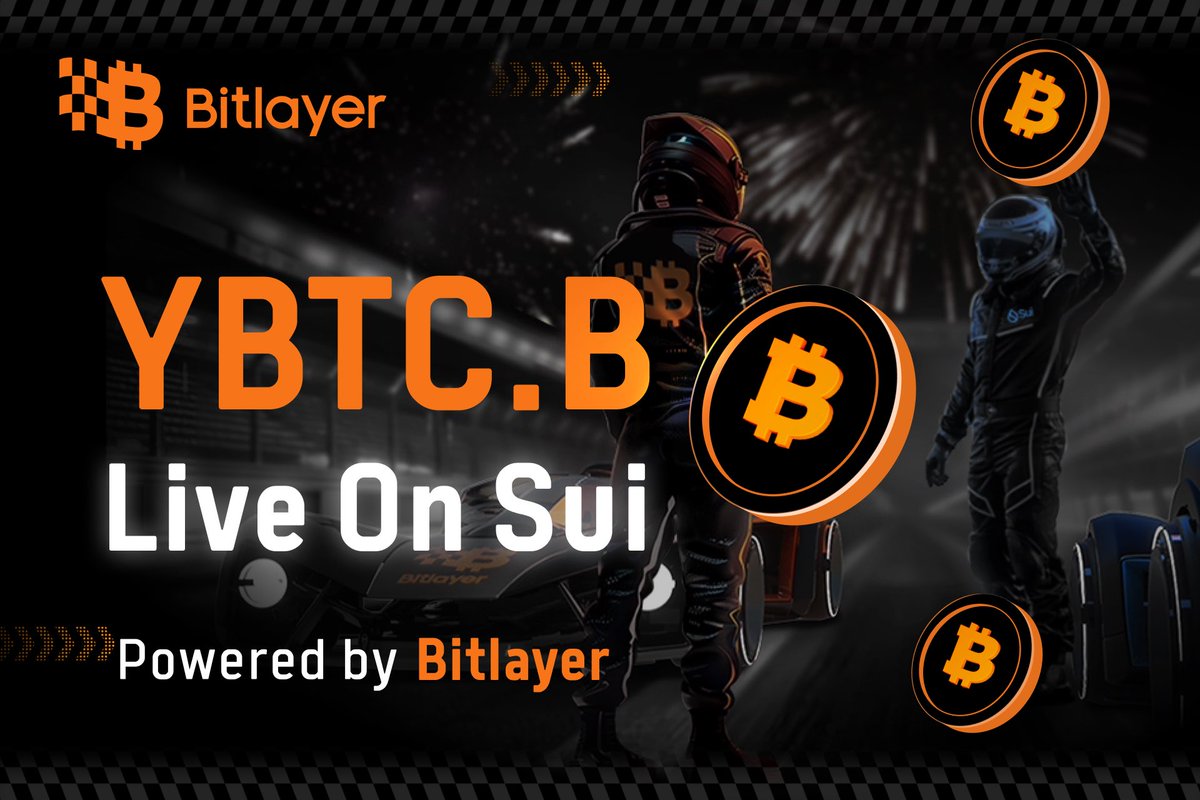I think the argument for doing something like this is that while, yes, you have to trust the validators of the alternative blockchain to not create a malicious private fork, the operator assumption with the bridge does reduce to one operator.
Also, while all validators operating in a threshold signature scheme is equivalent trust assumptions in my opinion (BitVM actually introduces another trust assumption here), it's unrealistic to expect all validators in a PoS blockchain to additionally become bridge operators.
So I've come around to this notion of "BitVM as a service."
🚀 #Bitlayer $YBTC is now live on Sui Mainnet!
With the launch of YBTC.B, native Bitcoin liquidity is expanding across @SuiNetwork, now available on @CetusProtocol, @navi_protocol and @MMTFinance
YBTC.B is Bitlayer’s wrapped BTC, bringing secure and programmable Bitcoin liquidity into multi-chain DeFi.
🔥 To celebrate, we’re launching an incentive program to drive growth and adoption. Stay tuned 👀

2.83K
9
The content on this page is provided by third parties. Unless otherwise stated, OKX is not the author of the cited article(s) and does not claim any copyright in the materials. The content is provided for informational purposes only and does not represent the views of OKX. It is not intended to be an endorsement of any kind and should not be considered investment advice or a solicitation to buy or sell digital assets. To the extent generative AI is utilized to provide summaries or other information, such AI generated content may be inaccurate or inconsistent. Please read the linked article for more details and information. OKX is not responsible for content hosted on third party sites. Digital asset holdings, including stablecoins and NFTs, involve a high degree of risk and can fluctuate greatly. You should carefully consider whether trading or holding digital assets is suitable for you in light of your financial condition.


